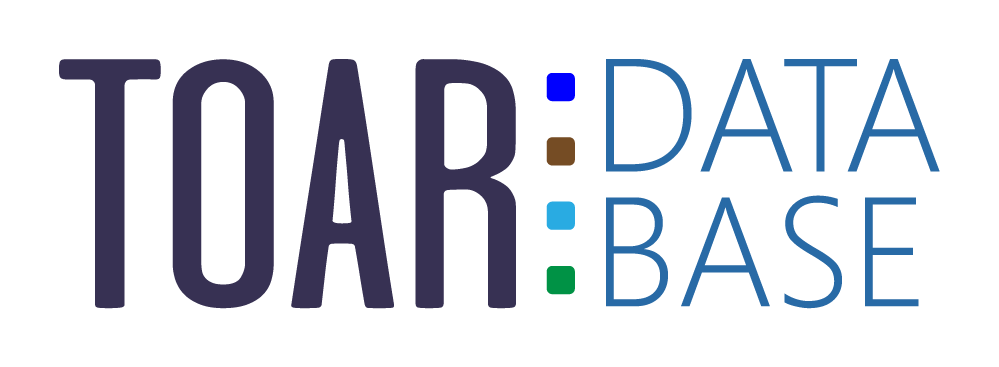Surface Data
The TOAR database collects hourly data of long-term surface air quality measurements from over 10,000 stations globally. Harmonized access to these data is provided via the TOAR Data REST API.
The TOAR-II database of surface observations is the biggest collection of tropospheric ozone data in the world.
Contributors
Ground level ozone measurements, sometimes referred to as in situ measurements are those measurements that occur close to the ground, i.e. within the boundary layer which is approximately 1 kilometre in height. Ongoing network measurements from the Canadian Air and Precipitation Monitoring Network (CAPMoN) and studies such as those from Alert, NU and Mount Sutton, QC are also included within the published data sets.
Ground level ozone measurements, sometimes referred to as in situ measurements are those measurements that occur close to the ground, i.e. within the boundary layer which is approximately 1 kilometre in height. Ongoing network measurements from the Canadian Air and Precipitation Monitoring Network (CAPMoN) and studies such as those from Alert, NU and Mount Sutton, QC are also included within the published data sets.
The OpenAQ repository of air quality includes low cost sensor data as a pilot, in addition to reference-grade data. We are currently collecting data in many different countries and primarily aggregate PM2.5, PM10, ozone (O3), sulfur dioxide (SO2), nitrogen dioxide (NO2), carbon monoxide (CO), and black carbon (BC) measurements. Additional pollutants outside of those standard set of pollutants are available through low cost sensor sources at certain locations.
“For people and the environment″ is the motto of the Federal Environment Agency – known as UBA for short – and sums up what we are there for. As Germany’s central environmental authority, we see to it that there is a healthy environment in Germany in which people can live protected as far as possible from harmful environmental impacts, such as pollutants in the air or water.
EANET (The Acid Deposition Monitoring Network in East Asia) was established in 2001 as an intergovernmental initiative to create a common understanding on the state of acid deposition problems in East Asia, provide useful inputs for decision making at various levels, and promote cooperation among countries.
KARQN provides intuitive, fast, and accurate information about fine dust and particulate matter data.








